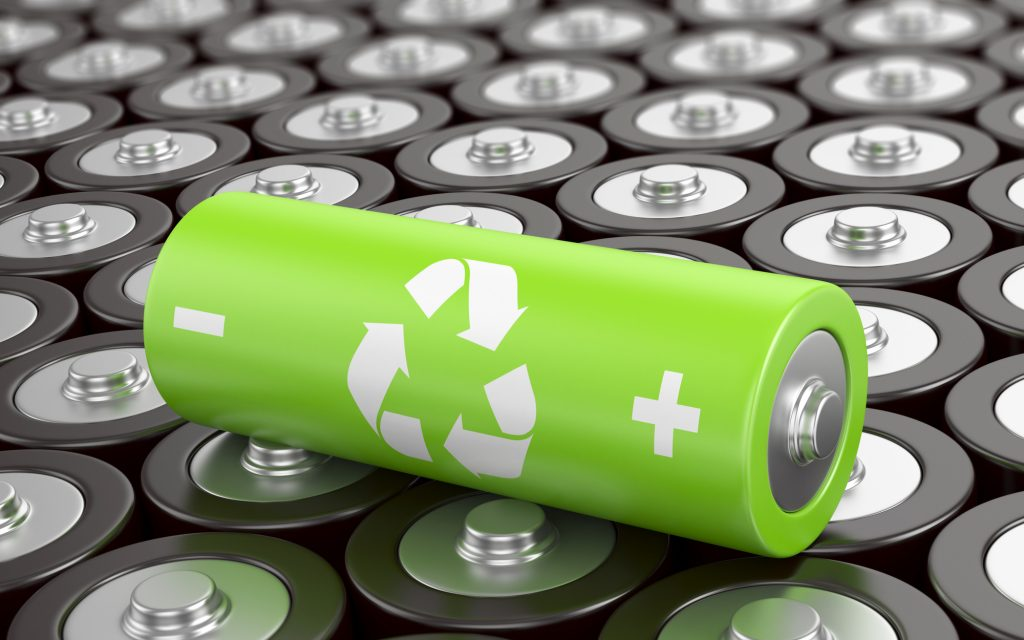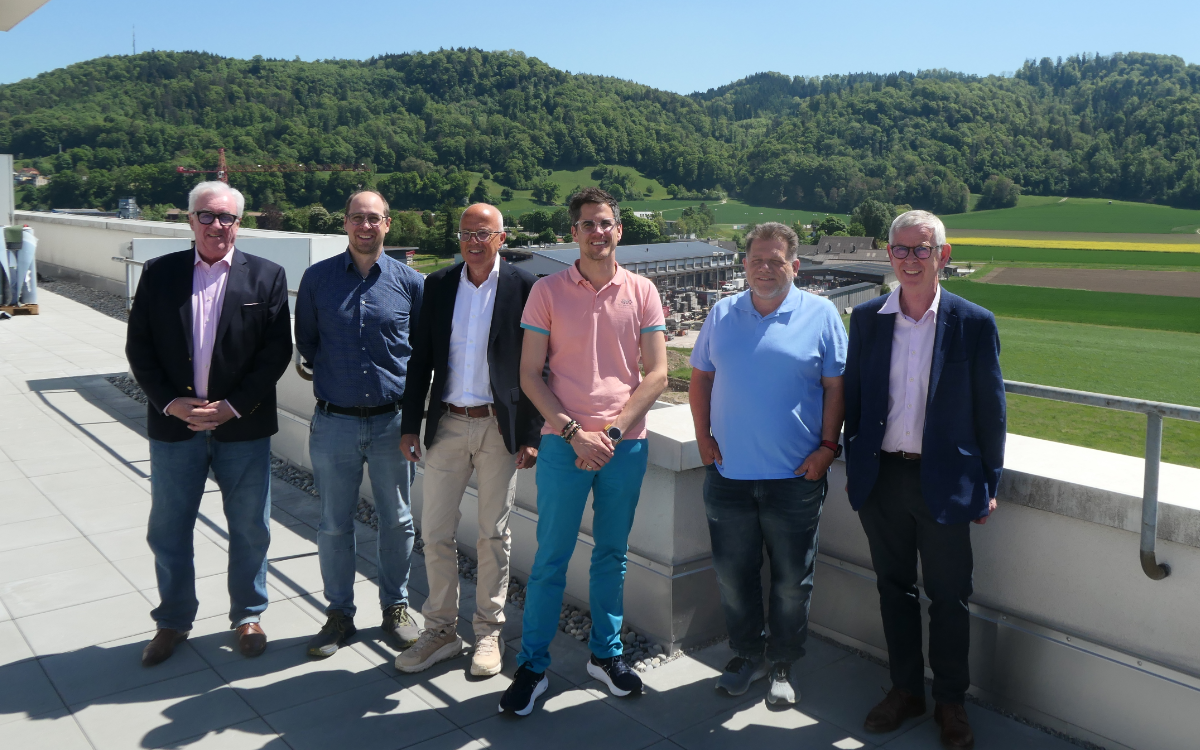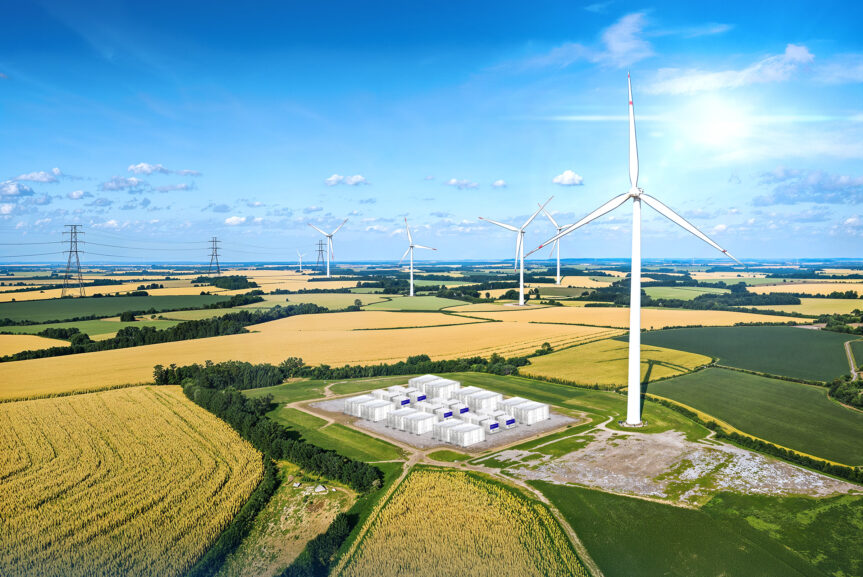Alternative battery chemistries to lithium-ion should be used in utility-scale battery storage projects because the technology poses an ‘unacceptable risk’ in the case of a fire, the Arizona Corporation Commission (ACC) has claimed.
The damning judgment on the use of large-scale, lithium-ion storage systems comes four months after the fire at Arizona Public Service’s (APS) 2MW/2MWh McMicken energy storage facility in Surprise, Arizona.
APS said in a 7 August update the cause of the fire was still unknown, although the results of forensic analysis of key components involved are expected next month.
However, utilities regulator the ACC is concerned over the threat it believes hydrogen fluoride could pose if it escapes from a lithium-ion energy storage system during a fire.
Other utility-scale battery technologies should instead be considered such as zinc-air, magnesium, liquid metal and nickel-iron flow batteries— technologies that have yet to prove themselves in large-scale, real world applications.
Lead-acid was not included in alternatives listed in the document signed by ACC commissioner Sandra Kennedy (pictured) on 2 August.
Several firefighters and a police officer needed hospital treatment as a result of the “catastrophic failure” of the McMicken facility in April. The system used Fluence batteries.
The ACC document also looked at a fire at APS’ Elden substation in Flagstaff on 26 November, 2012, when a cell was ‘severely discharged’ and continuously charged against the design of the system. The 1.5MW system was supplied by Electrovaya.
The document cited the Material Safety Data Sheet report on the Elden fire, noting: “The testing of a healthy cell to a lowered voltage well below its recommended range resulted in irreversible damage to the cell internals.
“The separator film (20 micrometers thick) was compromised at many locations, and in a couple of locations it had undergone through-wall protection.”
Subsequent gassing caused the separation of the battery casing, which allowed gasses, including the poisonous hydrogen fluoride/hydrofluoric acid, to escape.
APS told BEST Battery Briefing the utility was aware of the ACC document, but declined to comment.
Meanwhile, in its preliminary 2019 Integrated Resource Plan, APS reaffirmed plans to add 850MW of battery storage to its portfolio by 2025. However, the utility said “the timing and sequence of resource additions” will depend on the outcome of the investigation into the McMicken fire.
Technical editor Dr Mike McDonagh evaluates the current state of play with the safety of lithium batteries in the latest edition of Batteries & Energy Storage Technology magazine. Read his exclusive analysis and be part of the discussion.
If you’re not a BESTmag subscriber, click here to get your copy in print and digital formats.












